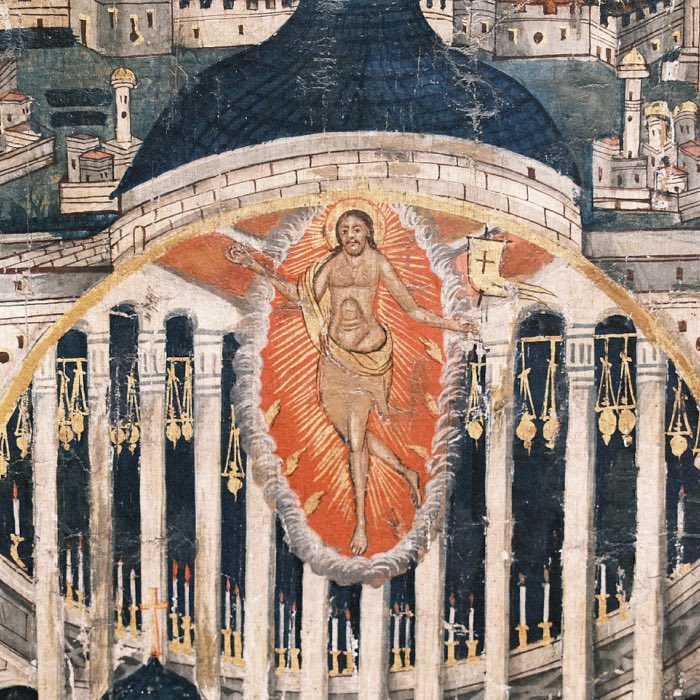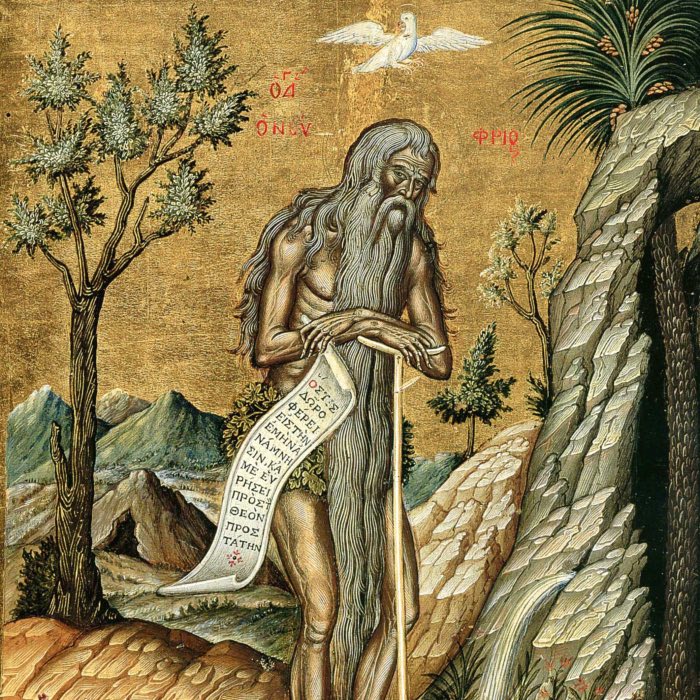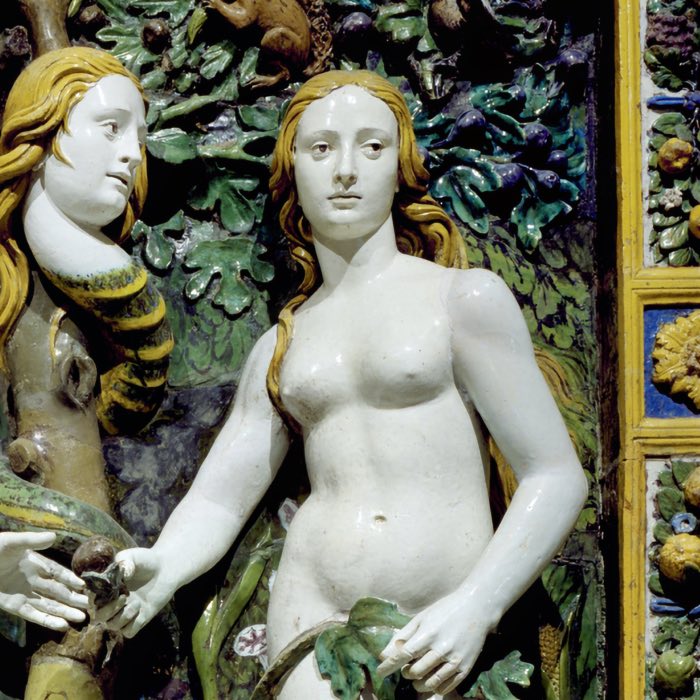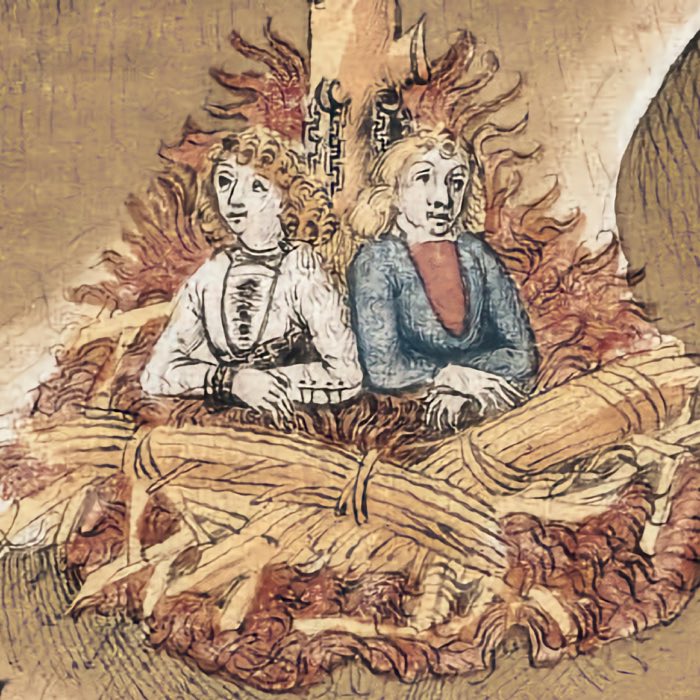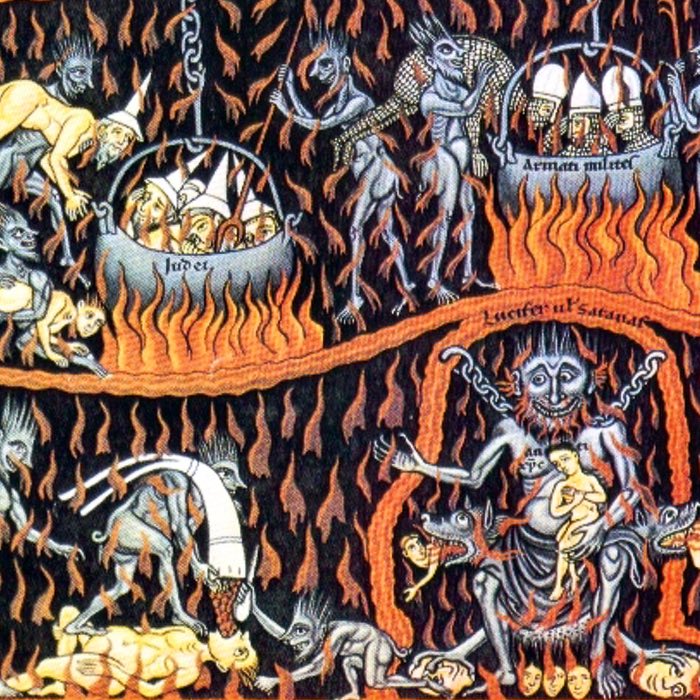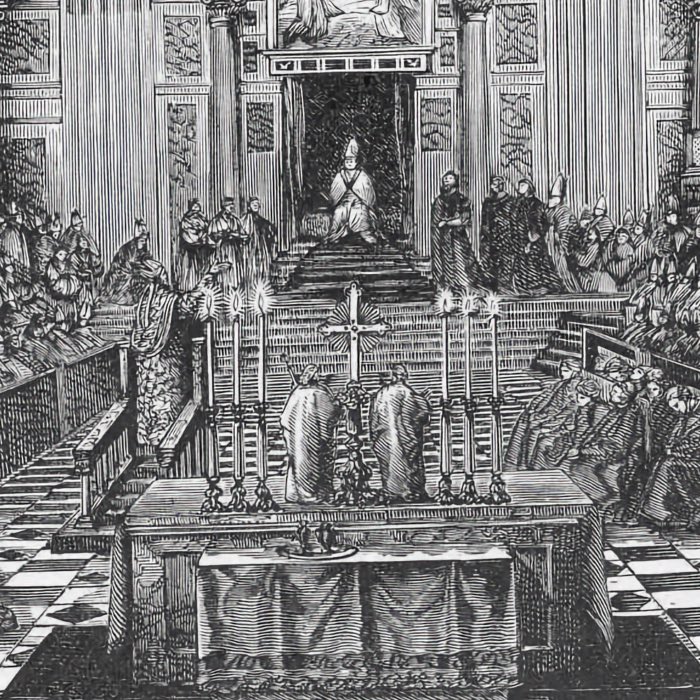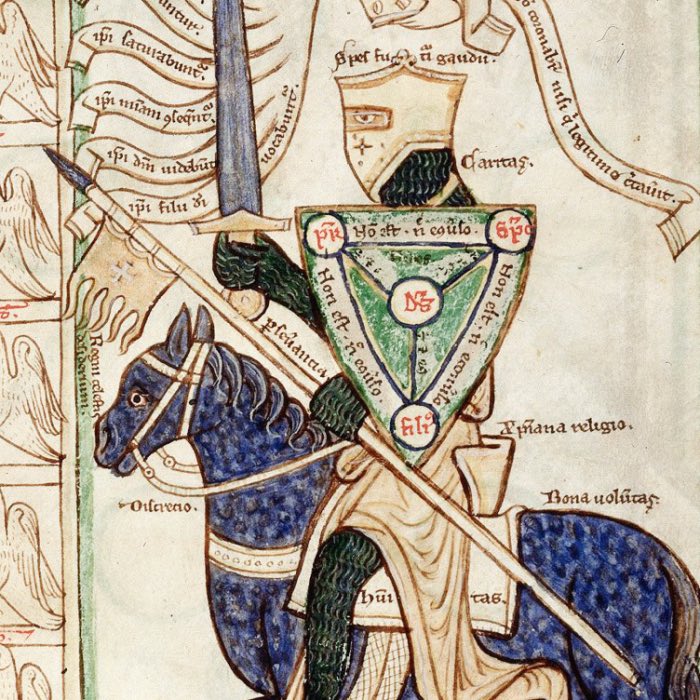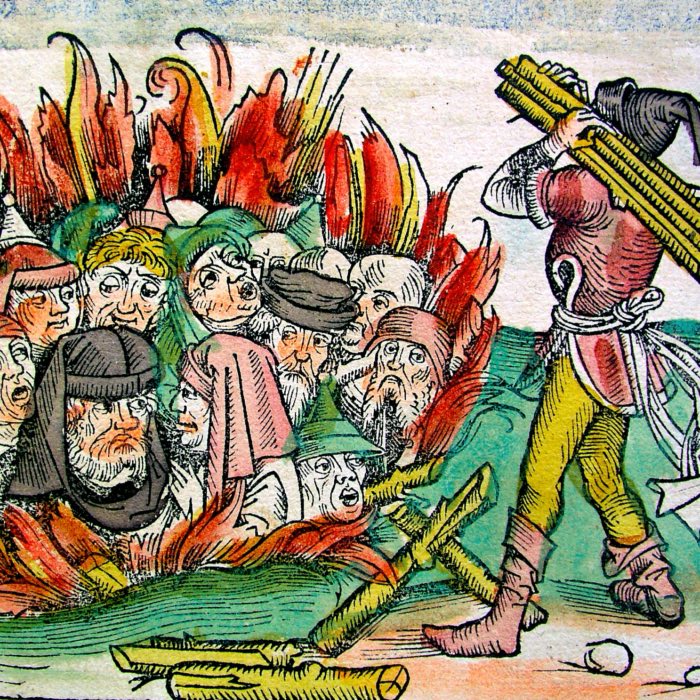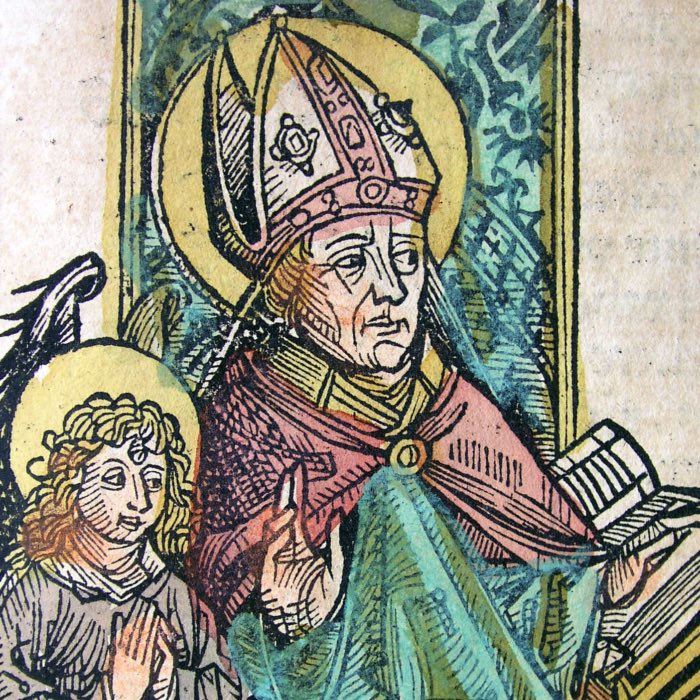Weekend Stories
I enjoy going exploring on weekends (mostly). Here is a collection of stories and photos I gather along the way. All posts are CC BY-NC-SA licensed unless otherwise stated. Feel free to share, remix, and adapt the content as long as you give appropriate credit and distribute your contributions under the same license.
diary · tags · RSS · Mastodon · flickr · simple view · grid view · page 20/51
Isaak Demetrakes’ Heavenly and Earthly Jerusalem: A masterpiece of orthodox iconography
The Heavenly and Earthly Jerusalem Icon, attributed to Isaak Demetrakes and housed in the Ikonenmuseum Frankfurt, is a remarkable and intricate representation of Christian eschatology and salvation history. With its detailed visual theology, it stands for the the power of iconography in Orthodox Christianity to convey complex narratives. In this post, we will take a detailed look at the icon’s structure and try to understand its theological and artistic significance.
The role of icons in Orthodox believes
Orthodox icons, derived from the Greek word eikṓn meaning ‘image’ or ‘likeness’, play a foundational role in the faith, theology, and worship of the Eastern Orthodox Church. Far from being decorative objects, icons are viewed as sacred tools of devotion, offering believers a tangible connection to the divine. Often described as ‘windows to heaven’, icons serve as both theological affirmations and personal aids in spiritual practice. Their rich history, theological significance, and symbolic artistry distinguish them from other forms of Christian art, underscoring their profound role in Orthodox beliefs. I recently visited the Icon Museum in Frankfurt, where I had the opportunity to explore and appreciate original Orthodox icons.
Desert Fathers and the beginnings of Christian monasticism
The Desert Fathers were early Christian hermits and ascetics who sought to withdraw from society to live a life devoted to prayer, contemplation, and spiritual discipline. Emerging in the 3rd century CE, primarily in the deserts of Egypt, Palestine, and Syria, these individuals laid the foundations for Christian monasticism. Their pursuit of a deeper spiritual connection through solitude and meditation mirrors practices found in Buddhist monastic traditions, which also emphasize inner transformation through disciplined contemplation.
The historical oppression of women in Christianity
The oppression of women in Christian history has roots that intertwine with theological interpretations, ecclesiastical structures, and the cultural contexts in which Christianity developed. While Christianity emerged in a patriarchal society, its teachings and institutions have historically codified and perpetuated gender inequality. In this post, we briefly explore the origins of this oppression.
Homosexuality in Christian history: Persecution and moral condemnation
Throughout history, the Christian Church has played a significant role in shaping societal attitudes toward sexuality, including homosexuality. The Church’s stance on homosexuality has evolved over time, influenced by theological interpretations, cultural contexts, and legal frameworks. This article explores the historical relationship between the Church and homosexuality, examining key events, doctrines, and societal impacts from early Christianity to the modern era.
The concept of hell and its instrumentalization by the Church
The concept of hell occupies a central place in the theological framework of Christianity, functioning as the ultimate consequence of moral failure and estrangement from God. However, the nature and interpretation of hell have undergone significant transformations throughout history. Initially rooted in Jewish and Greco-Roman traditions, the Christian notion of hell evolved into a doctrine deeply entwined with institutional power. By the medieval period, the Church had effectively weaponized the fear of hell to consolidate authority, shape social behavior, and control its adherents. In this post, we trace the evolution of the concept of hell within Christianity, examine its role as a tool of manipulation by the Church, and explore the profound psychological and social consequences it had on believers, particularly in the context of excommunication.
Dogma and its role in Christian orthodoxy
The term dogma originates from the Hellenistic philosophical tradition, where it denoted a central tenet or principle held to be authoritative within a given school of thought, such as Stoicism or Epicureanism. In these contexts, dogma referred to reasoned conclusions about nature, ethics, or metaphysics, rooted in dialogue and philosophical inquiry. However, as Christianity adopted and adapted the term, it evolved into a rigid tool of religious authority.
Christian concept of the Holy War
In the previous post, we discussed how the theological concepts of Augustine of Hippo (354–430 CE) shaped the development of Christian thought. Among his many contributions, Augustine’s concept of the holy war marks a profound and controversial reinterpretation of Christian ethics. This idea, emerging in the context of political instability and external threats to the Roman Empire, reflects the ability of Christian authorities to adapt their teachings to the demands of their time. However, it also raises questions about the compatibility of such adaptations with the cult’s original pacifist teachings.
Foundation of Christian antisemitism and the role of Augustine of Hippo
Augustine of Hippo (354–430 CE) stands as one of the most influential figures in Christian theology, shaping doctrines that would dominate Western Christianity for centuries. However, his writings also laid the groundwork for one of the darkest legacies of Christian history: the theological marginalization and vilification of Jews. While Augustine did not advocate violence against Jews and even sought to limit persecution, his theological framework contributed to the embedding of antisemitism into Christian thought, particularly through his concept of Jews as ‘witnesses’ to the truth of Christianity.
Theology of Augustine of Hippo
Augustine of Hippo stands as one of the most influential figures in the history of Western Christianity. Living during the tumultuous decline of the Roman Empire, he was both a witness to and a shaper of the theological and intellectual traditions that defined the Christian Church for centuries. Through his profound engagement with Neoplatonism, his theological innovations, and his prolific writings, Augustine laid the foundation for much of medieval and modern Christian thought. However, his legacy is not without its darker aspects: Augustine’s theology contributed to the dogmatization of Christianity, justified the consolidation of ecclesial authority, and perpetuated antisemitic attitudes through his doctrine of Jewish witness. In this post, we therefore explore Augustine’s life, his major philosophical and theological contributions, and his role in shaping the trajectory of Christian thought.
